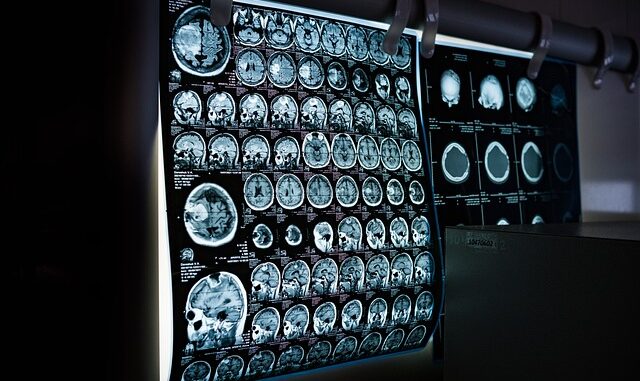
Summary
Researchers have pioneered a new 3D X-ray imaging technique using laser-driven CT scans. This method offers high-resolution images of dense objects, like turbine blades, non-destructively. This breakthrough has significant implications for various industries, from aerospace to additive manufacturing.
TrueNAS by Esdebe: healthcare data storage that delivers value without sacrificing security.
** Main Story**
Laser-Driven CT Scans: A Real Game Changer for 3D X-ray Imaging
Alright, so, I heard about this incredible breakthrough from a team at Colorado State University (CSU) – they’ve managed to snag the first high-resolution computed tomography (CT) scans of dense objects, and get this, they did it using a compact, laser-driven X-ray source. Now, I know what you’re thinking, and yes, it’s pretty mind-blowing stuff. It’s got the potential to shake up industries from aerospace to even medicine. Can you imagine the possibilities?
And it’s not just some flash in the pan. This achievement is the result of years of hard work, a collaboration that brought together experts from CSU’s Departments of Electrical and Computer Engineering and Physics, plus some brainpower from Los Alamos National Laboratory and AWE over in the UK. The research? It’s all laid out in their paper published in Optica, if you want to geek out on the details.
Why This Matters: The Advantages
Let’s be honest, traditional industrial CT scanners are clunky, super expensive, and can’t always pick up the finest details, right? This new laser-driven tech, though, it sidesteps those limitations. It produces incredibly bright X-rays with crazy high resolution. Plus, because the X-ray source is compact, it’s more portable. And get this – it’s non-destructive! That means you can inspect complex structures and 3D-printed products without ruining them. How cool is that?
A World of Applications
The implications here are huge. Picture this: you can get high-resolution 3D images of the inside of a jet engine while it’s running. I mean, that’s pretty much impossible with current X-ray sources. This tech could allow us to monitor and analyze complex systems like turbojet engines and rocket parts in real time, which would make things safer and more efficient. I actually saw a demo of something similar once, and it was just jaw-dropping.
Speaking of real-world examples; I read this morning about a local aerospace company, they’re looking into using this kind of technology to inspect turbine blades for micro-cracks. Stuff they can’t catch with current methods. That’s the kind of difference this could make.
What’s Next?
Now, this is just the beginning. CSU is gearing up to launch their new Advanced Technology Lasers for Applications and Science (ATLAS) Facility in late 2026. The goal? Scale up this technology even further. The team wants to refine the technique and see how it can be used in fields like medicine, which could lead to faster, more accurate, and less invasive diagnostic imaging and treatment monitoring. Personally, I can’t wait to see where they take it.
Medical Imaging: The Bigger Picture
We all know medical imaging is a cornerstone of modern healthcare, right? X-rays, CT scans, MRIs, ultrasounds… they all give us different ways to see inside the human body for diagnosis, monitoring, and treatment. Each technology provides unique insights into bones, organs, tissues, and blood vessels without having to cut anyone open. It’s kind of amazing when you think about it.
Revolutionizing Medical Practice
Medical imaging has seriously transformed how we practice medicine. It’s improved diagnostic accuracy, guided treatment decisions, and, ultimately, improved patient outcomes. It takes away a lot of the guesswork, allowing doctors to treat injuries and diseases more effectively. Plus, it allows faster, more objective ways to measure how well treatments are working. For instance, doctors can easily monitor tumor shrinkage during cancer therapy.
The Road Ahead for Medical Imaging
Medical technology keeps pushing the boundaries of what’s possible. AI is playing a bigger and bigger role, helping with clinical trials, analyzing coughs to assess respiratory health, and even predicting heart failure exacerbations using data from wearable devices. Then there’s virtual reality (VR), which is finding its way into pain management, surgical rehearsals, and medical training.
The convergence of these cutting-edge technologies paints a picture of a future where medical imaging is more precise, personalized, and accessible, meaning better healthcare for everyone. Think about that, just a few years from now, the tools doctors have at their disposal will be lightyears ahead of today. On March 29, 2025, this laser-driven CT scanning technique holds immense promise. The path to real-world medical applications will require more research and development but the path is clear.


Be the first to comment